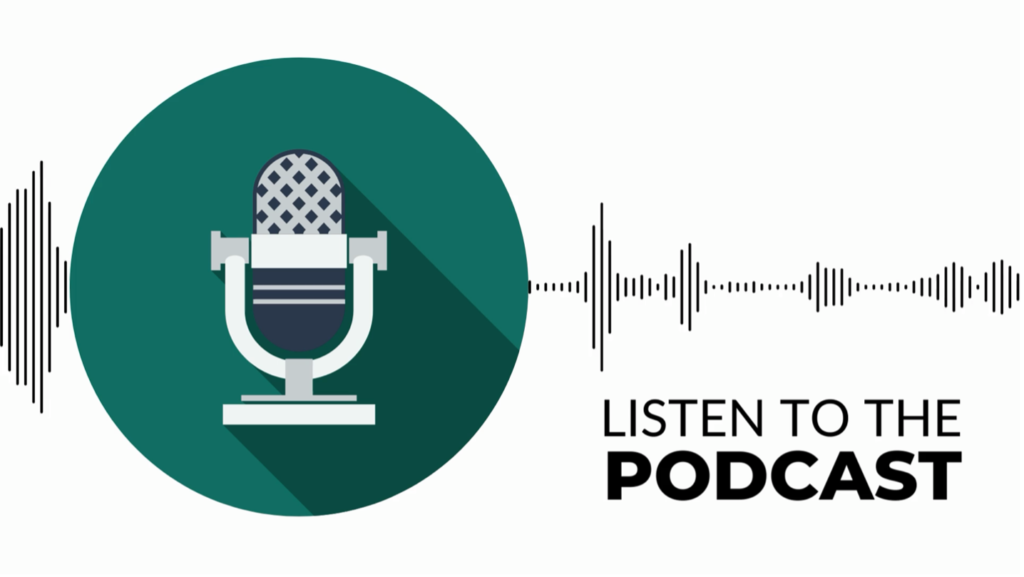7 Surprisingly Powerful Ways to Transition Between Work & Personal Time
RAFT Team, September 9, 2024
When you first set out to create a healthy work / life separation, the mere idea of it might keep you up at night. You compare yourself to co-workers or friends who seem to do this effortlessly and get caught in a cycle of shame. Why aren't you there yet? Are you missing some magic secret success ingredient Chances are, there’s no one “thing” they’re doing that you aren’t. It’s more likely they just started before you and have more experience under their belt.
In this post, we’re going to help you shake off comparisonitis and start feeling confident in the progress you’re making week to week.
We’re breaking down 7 strategies to help make this transition between work and personal time without guilt, overwhelm, or tricky mind games.
#1. Set consistent work hours.
If you want to create better separation between work and personal time, you have to let go of some myths. This strategy is #1 on the list because so many of us struggle with working at all hours. It’s not healthy or reasonable to be on call 24/7!
Be careful not to check email at all hours or “just do one more thing” before you stop working for the day. Don’t “dash out a quick report” before you tuck in for the night. And definitely don’t schedule meetings during a lunch break unless it’s absolutely necessary.
When you work at all hours, you’re never able to fully relax. And this can lead to burnout very quickly.
Instead, hold to strict work hours — your mental health will thank you! Let your co-workers know when they can expect you to be available and stick to that schedule. Be accountable with your time and work to be fully present when you’re on the clock. But be just as accountable for your time outside of work — keeping the two separate makes both more enjoyable.
#2. Don’t jump straight into personal time.
This doesn’t mean you can’t celebrate the end of the workday. Yay! You put in your time and got a lot done. Be proud of that!
But when you finish up work, consider a brief pause to intentionally mark the shift in focus. It doesn’t have to be a big mind shift. Consider these simple ideas:
- Change your clothes. Step out of your work clothes and into something more comfortable.
- Go for a walk. This physical movement can mark the transition, close out the workday, and invigorate you for your personal time.
- Reflect. Take a few moments to think through your day. What went well? What could you improve tomorrow? Then actually leave it there to pick up tomorrow.
#3. Supercharge your startup routine.
Establishing a startup routine each morning can skyrocket your productivity and help you shift into work mode more easily. Not only that, a great startup routine can improve your mental health, grant clarity to your day, and give you more energy throughout your day.
Before you even open your inbox, list your goals for the day. What will you accomplish? What are your priorities? Take moment to jot them down.
This way you’ll know exactly what to do and you won’t be shooting in the dark. OR find yourself stuck in reactive mode, responding to emails and phone calls all day. Plus, the things you’ve written down are the items you’ll most likely follow through on.
From here, consider adding the following:
- Write down a daily mantra.
- Dash out a few things that bring you joy.
- Plan the day’s meals.
- Silence notifications.
- Batch your quick tasks — if it’s five minutes or less, start the day with these easy wins.
If you’re really serious about a startup routine, you have to manage your time and day in a way that brings satisfaction, and for some there’s not much better than checking off a list of things you know you’ve done well.
One of the easiest ways to do this is to know your priorities. It helps you say yes to the things that will help you accomplish your tasks and pause the rest until another time.
#4. Follow a shutdown ritual.
Just as a startup routine begins your workday, a shutdown ritual is crucial for closing it.
Regardless of what your goals are, closing out the work day intentionally is smart. If you take the time to do this consistently, you’ll find it’s easier to leave work at work. You’ll also get excited to jump back in when morning comes.
Pro tip: Reset your workspace so it’s ready for business when you sit back down. Put away papers or other things that got pulled out during the day. You want to leave yourself an uncluttered, welcoming space for when you return. Return pencils to the cup, sticky notes to the drawer., and put any cups in the kitchen.
From there, consider adding the following:
- Review what you accomplished today. Celebrate the wins!
- Ask yourself what you could do better tomorrow. Plan for growth.
- Put tomorrow’s tasks on paper so they’re waiting for you when you return.
- Set an evening intention to help you transition to personal time.
#5. Get moving when you need to transition.
It’s easy to get stuck in work mode. A simple walk at the end of your workday can do wonders for your mind and body. This could be your time to review your day. Or maybe you can focus on the fun that’s coming in your non-work time.
Here are a few other ideas to do on your walk:
- Notice nature around you. What do you hear, see, smell, or feel?
- Focus on things that bring you comfort and joy.
- Stay present and notice how you feel.
- Slow down — your walk doesn’t have to be fast or efficient!
#6. Level up your hobbies with post-work activities.
Hobbies aren’t just for weekends—they can be the perfect way to wind down after a busy workday...
Grab a coloring book, find a puzzle. Try a new recipe. Sip a drink while you sit in nature. Plant something. Make a dream board. Play with your kids. Take a walk with your partner. Your post-work activities don’t have to be world-changing. But being intentional about them can make them meaningful.
Here are a few other ways to recharge and be creative: 25 Ways to Boost Creativity That Take 5 Minutes or Less
#7: Ask for help in your transition between work & personal time.
If you’re still having a difficult time keeping work and personal time separated, ask for some help. Talk to your boss or manager about it. It could be you’re simply over-inflating what’s most important and you worry about it during your personal time. Knowing their priorities might help you adjust your own expectations of yourself when you’re at work. Consider talking with a trusted co-worker to find out how they set their away from a work mindset at the end of their day.
There are many ways that a can help:
- Get clear on exactly what to do. Maybe you need a better way to track tasks.
- Maybe you could use your time more wisely. Find ways to be more accountable for how you spend your day.
- Maybe you have too much to do and need to delegate some tasks.
- Maybe you simply need more to look forward to after work hours.
And because we know it’s hard, here’s a whole blog article on how to ask for help: 3 Ways to Ask for Help
Sometimes we don’t even realize how much a simple adjustment in what we do or how we think can change everything! Start enjoying your transition between work and personal time!
#8 Bonus! Listen to the Podcast.
Wow, you made it all the way here. As a bonus treat, listen in on our podcast about creating a thriving self-care routine on a budget.








